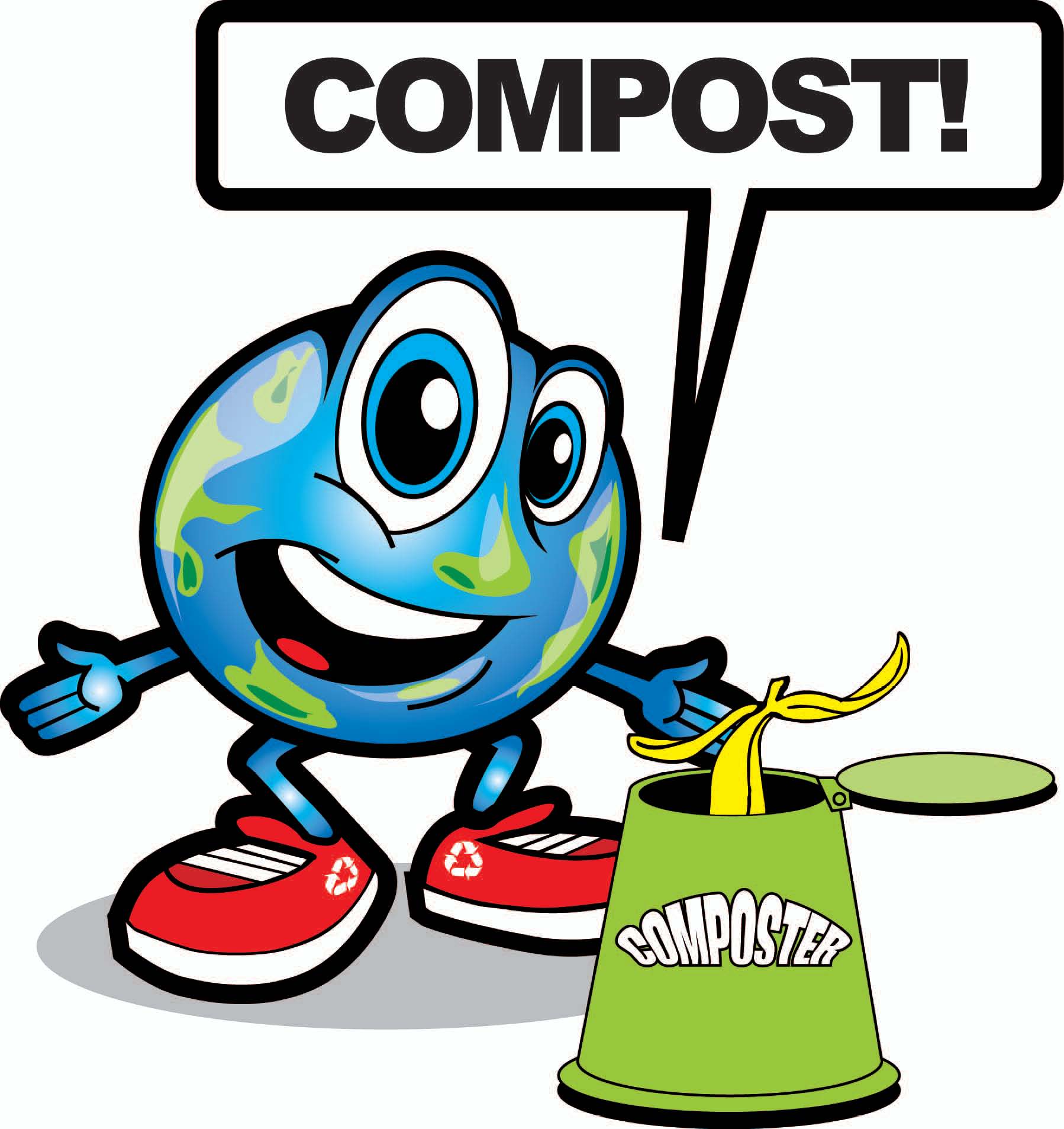 |
| Being Sick is Bad Enough |
Moving is stressful. The whole process is a sort sickness of its own. Add a cold to the mix, and it becomes an even bigger ordeal.
Here are some tips that will help you deal with moving when you are sick.
1) Go to the doctor, now. While most of us will just want to tough out a cold, this time would be a good time to indulge yourself to go to the doctor. They should be able to prescribe you an antibiotic or something that will help speed the healing process along or at least alleviate the symptoms. Let them know you are moving, so they will hook you up with something good.
2) Get your flu shot. This may not help you know, but if you know you are planning to move the following year get your flu shot. A little preventative maintenance never hurt anyone.
3) Get help. Ask friends or family to help you with your move if you are sick. Even spring for hiring someone if you can. Here you can find some great moving companies that will help you out. You can even try hiring a neighborhood kid or someone for cheap to just help you for a couple hours if you are on really tight budget.
4) Start packing early. Start packing as soon as possible, and getting anything out of the way that you can. Leaving everything to last minute may work when you are healthy, but when you are sick it may not work at all.
5) Rest whenever you can. If you are not working on moving, you should be lying down trying to sleep. Even take a sick day from work if you need to. Sleep as much as possible.
6) Hydrate and eat healthy. Eat vitamin c rich foods, soups, hibiscus tea and lots of water. Do not indulge in alcohol or other substances that are harmful to your immune system.
7) Take over the counter medicine. Sudafed in particular gives you a lot of energy while alleviating your symptoms. While your focus may be dimmed, you can do a lot of the physical stuff while taking Sudafed.
8) Do not worry too much about organizing. Getting everything done is going to be challenging enough. If you have to pile random things into boxes and bags don't be too hard on your self. Your goal now should be not a perfect move, but just to get the move done.



